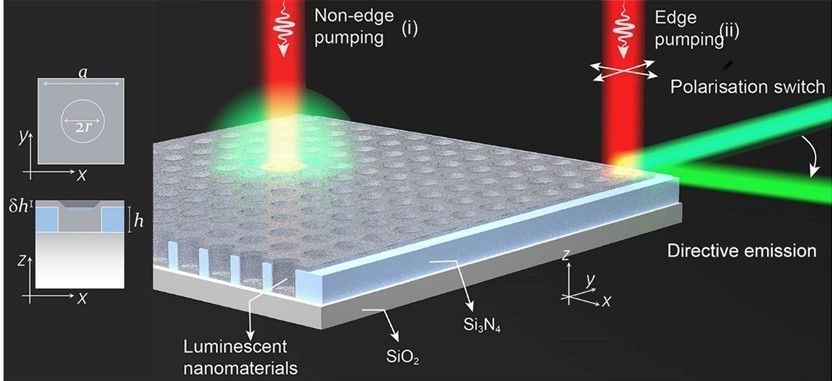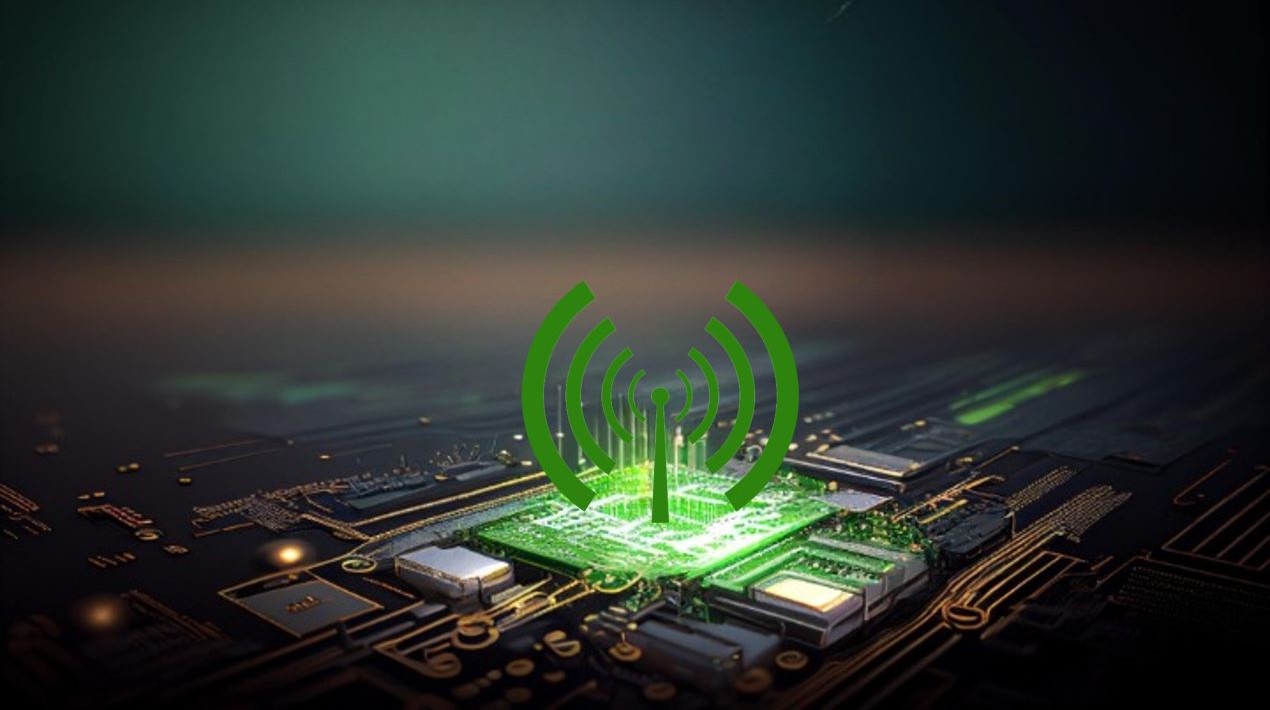
|
Getting your Trinity Audio player ready...
|
National University of Singapore (NUS) researchers, under the leadership of Professor Liu Xiaogang from the NUS Department of Chemistry, in collaboration with Dr Gianluigi Zito from the National Research Council of Italy, have achieved a groundbreaking advancement in photon upconversion efficiency through the discovery of “supercritical coupling”.
This novel phenomenon holds the potential to revolutionise light manipulation and advance technologies ranging from quantum computing to super-resolution imaging and photonic devices like lasers, optical cavities, and resonators.
Photon upconversion, the process of converting low-energy photons into higher-energy ones, plays a pivotal role in various applications across industries. However, achieving efficient photon upconversion has been a longstanding challenge due to limitations in the irradiance of lanthanide-doped nanoparticles and the critical coupling conditions of optical resonances.
In response to these challenges, the concept of “supercritical coupling” emerges as a transformative approach. This innovative method, spearheaded by Professor Liu and Dr. Zito’s research team, harnesses the physics of “bound states in the continuum” (BICs).
BICs enable the trapping of light in open structures with theoretically infinite lifetimes, surpassing the constraints of critical coupling. By manipulating the interaction between dark and bright modes within these structures, akin to electromagnetically induced transparency, researchers have not only amplified the local optical field but also exerted precise control over light emission directionality.

Experimental validation of supercritical coupling has demonstrated an unprecedented eight-orders-of-magnitude increase in upconversion luminescence. The experimental setup involves a photonic-crystal nanoslab covered with upconversion nanoparticles, serving as microscale sources and lasers.
The figure to the left illustrates the principle of “supercritical coupling” and directive upconversion emission through supercritical edge BIC coupling. It shows the layout of the photonic-crystal nanoslab with unit cell geometry and demonstrates collimated upconversion achieved through supercritical coupling tuned at the edge.
Leveraging the unique properties of BICs, characterised by negligible light dispersion and microscale dimensions of light spots, enables precision focusing and directional control of emitted light, unlocking new avenues for controlling the state of light at the nanoscale.
Professor Liu emphasised that this breakthrough represents not only a fundamental discovery but also a paradigm shift in nanophotonics. It reshapes the understanding of light manipulation at the nanoscale and holds promise for advancements in quantum photonics and various systems based on coupled resonators.
“As the research community grapples with the implications of this work, the door stands open to a future where light, one of the most fundamental elements of our universe, can be controlled with unparalleled precision and efficiency,” Prof. Liu added, highlighting the transformative potential of this groundbreaking discovery.
The implications of this study offer a future where light can be better understood and harnessed. This transformative potential underscores the significance of the NUS researchers’ breakthrough in supercritical coupling, catapulting photon upconversion technology into a new era of innovation and possibility.
In addition to its technological implications, the discovery of supercritical coupling also aligns with broader initiatives aimed at advancing scientific knowledge and fostering interdisciplinary collaboration. It exemplifies the power of international research partnerships in driving scientific progress and addressing global challenges.
Moving forward, continued research and development in supercritical coupling are expected to yield further insights and applications in fields such as quantum technology, biomedical imaging, and telecommunications.
Through ongoing collaboration and innovation, NUS researchers and their counterparts worldwide are poised to shape the future of photonics and light-based technologies, driving progress and transformation on a global scale.
















